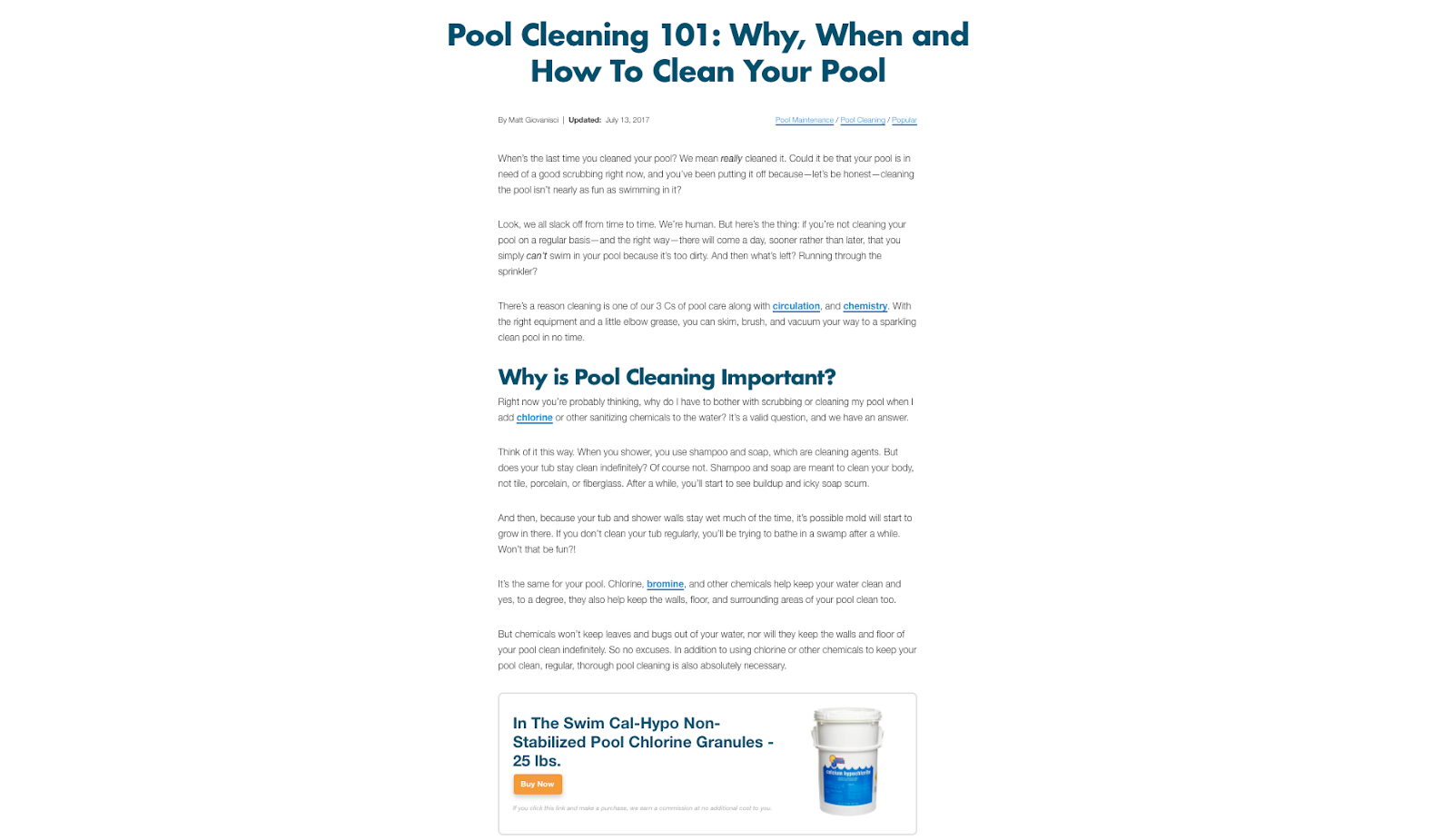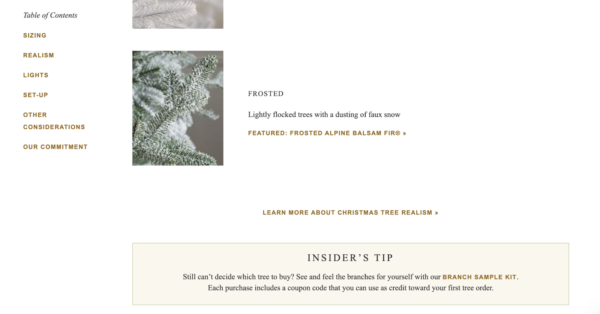
Attracting visitors to your website can be a struggle and a blog certainly can help with that. Done correctly, blog content can not only bring visitors to your website but also earn their trust and help them to view you as their go-to supplier for products and services.
But how do you go from creating blog content to making readers into leads or (better yet) clients? This post explains how to convert blog traffic and what type of content you should write to make the most of your blogging strategy.
The main benefits of blogging
Blogging is a great way to connect with your target audience — that select demographic of people who will hopefully purchase your product or service. It allows you to relate to your readers outside of the vendor-client scenario and build trust. Think of the way bookstores host author talks and writing workshops for literature aficionados. A blog opens spaces that are more about gathering around a common interest than selling books.
When you create a blog, it gives potential clients the chance to see your expertise. At the same time, they can see that you’re happy to identify with, and guide them through, whatever challenges they’re experiencing. Some other benefits of blogging include:
- Increased traffic to your website
- Brand recognition
- More opportunities for lead generation
- Better lead conversion
When you follow a blogging strategy and customers see your articles ranking frequently, they begin to notice that you’re the top source on certain topics. And when they decide to buy, they will recognize your brand.
Of course, you want to avoid blogging without clear goals or strategies for turning readers into leads. In fact, this is what leads people to abandon blog projects after just a few months. So, how can you create content while focusing on how to convert blog traffic?
What is blog CRO?
Conversion rate optimization (CRO) is the process of increasing the conversion rate on one or more of your marketing channels. Before you look into how to write a high-converting blog or optimize your current one, you first need to understand conversion. When a visitor, viewer, or potential customer performs a desired action — signs up for an email list, fills out a form, or even purchases — that is called “converting.”
The desired action always depends on the type of content and the goal. For blogs, it’s generally getting the reader to sign up for an email list. To optimize the rate at which this happens, you’ll want to learn how your blog is currently performing and set appropriate goals.
Measuring and tracking conversion rate
To analyze how your blog is performing and measure conversion rate, you’ll want to get Google Analytics working on your blog. It allows you to track custom conversions to see how many times visitors click on a button or link. You can set those desired actions up as conversions and use reports to follow up on them.
You can also follow traffic from your newsletter, ads, or even a guest blog you wrote for a partnering site. Once you know how your blog is doing, you can start to set goals for how you’d like to improve and when.
3 tips for how to convert blog traffic
Learning how to convert blog traffic mainly involves understanding what to write about and how to position products and sales-related content within your blog.
1. Understand your target audience
You may create a blog strategy and wonder when the results will show. You may wonder why no one is reading your blog. It’s likely because you’re making two big mistakes. First, you’re not speaking their language. Second, you’re writing topics that appeal to you instead of your audience. So, how do you fix it?
The key for how to write high-converting blog posts is to put yourself in the mindset of someone who needs your product. What are their thoughts, fears, and motivations? Understand them deeply and create a profile of what they’re like. Then, use that information to create a customer avatar that you can refer to for all of your marketing efforts.
As you do this, imagine how they speak and what they read. Channel that tone of voice in your blog post to keep them engaged. The more you understand and appeal to them, the more these readers will consume your content.

2. Provide industry insights
Anyone can write a how-to post and hope for conversions, but you can go one step further. Entice readers and persuade them to convert into email leads by providing something different. Perform a study or gather insights that you can share in a report. Place that on your blog and ask readers to provide their email in order to read the report in full.
If you have your finger on the pulse of your target audience, providing them with resources that they find valuable should be a breeze. Better yet, your readers will thank you for it by becoming your leads.
3. Add lead magnets within blog content
Your website metrics can tell you how much time visitors spend on a page. If you notice that some of your blog content is getting a lot of attention, make the best use of it. You can start placing lead magnets within the blog content. This is content that you give for free in exchange for email addresses.
Use calls to action — action-focused suggestions you include leading readers to what you want them to do. These often say “read more” or “download the guide,” for example. Downloadable guides, case studies, and extra content work as lead magnets.
Are people often reading your blog posts all the way through? Reward them by throwing a discount on your most popular products in exchange for their email address. This practice can push that engagement on the post and turn it into a top-performing conversion. Add a sign-up button inviting readers to subscribe to your newsletter, where they’ll get even more content they love. You can sit back and watch as conversions rise.
You can also place additional content within your blog, like checklists and infographics, or even include products that are related to the blog topic.

Start promoting your blog
Now that you’ve learned how to make your blog strategy more conversion-focused, you’re ready to start taking some action. Since your goal is focusing on how to convert blog traffic, chances are that you’re not new to blogging. If you just want to improve your performance, promote your blog on social media to reach more readers with your current content. By doing this, you can start learning about your target audience, how they behave when they approach your blog, and even which posts perform best. All of these insights will help you to boost conversion on your blog and, over time, increase sales coming from it.




